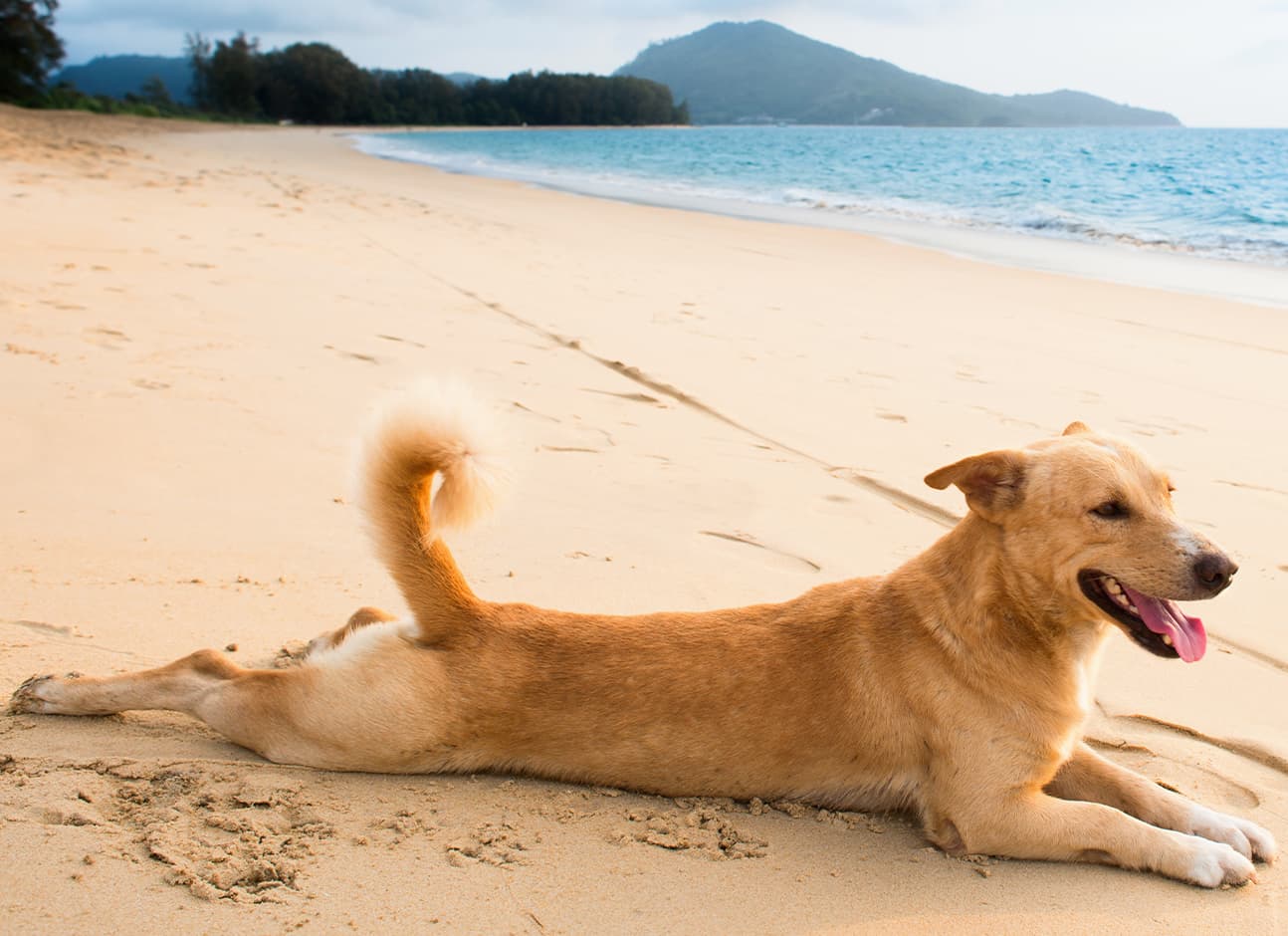Summer is the perfect time to go to the beach and frolic around the dog park with your canine friend. However, the hot weather also increases the chances of heat strokes among people, and dogs are no exception. If your dog’s body temperature crosses 39.4°C, it is a sign that they are overheating and require cooling.
Heat Strokes or hyperthermia usually occur during the warmer months or if a dog is left in a car without proper ventilation. In such cases, the body temperature tends to rise quickly. Since dogs have few sweat glands, they cannot sweat as much as humans do. Instead, they pant to regulate their body temperature. Even though all dogs are susceptible to heat strokes, a number of factors including breed, age, medical condition, and weight affect the likelihood of hyperthermia. Very young or elderly dogs of long-haired and short-nosed breeds such as Pugs, Bulldogs, and Caviler King Charles Spaniel, who are obese or have any existing health issues are more prone to developing heat strokes.
Some of the common signs of canine heat stroke include excessive panting, lethargy, heated skin, increased drooling, red gums and tongue, and an increased heart rate. As the condition progressively worsens, dogs become increasingly dehydrated and begin to hyperventilate. This is dangerous as heat strokes can be fatal.
If you notice such signs in your dog, you must carry them to a cooler area inside the house or in the surroundings, turn on the fan, and give them a cool sponge bath in order to lower their body temperature. Once the temperature has cooled (or shows no sign of cooling), you must take them to the veterinarian immediately. Treatment may include oxygen, fluids, medication, and supportive care.
Despite the seriousness of heat strokes, there are a few steps that you can take to prevent your dog from being affected. You must ensure that your dog has access to cool drinking water and shade at all times. Never leave them alone in the car or unsupervised in the backyard, especially during hot weather conditions. Keep the inside of the house air-conditioned, especially during the hotter parts of the day. Additionally, you can also take them for a walk or to the dog park during the cooler times of the day, so that you and your pet can have a fun and stress-free summer.
